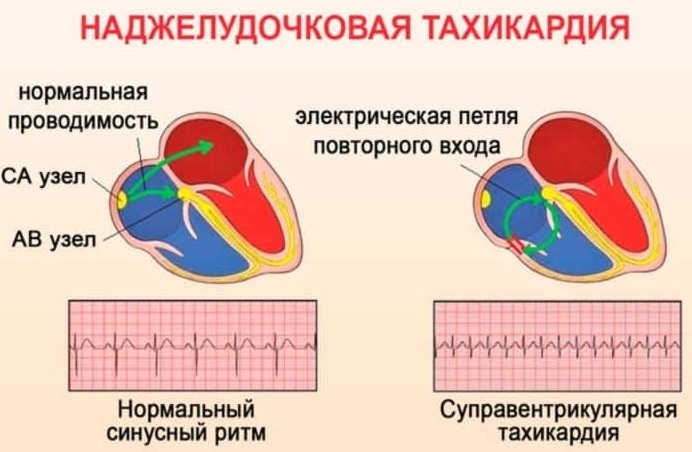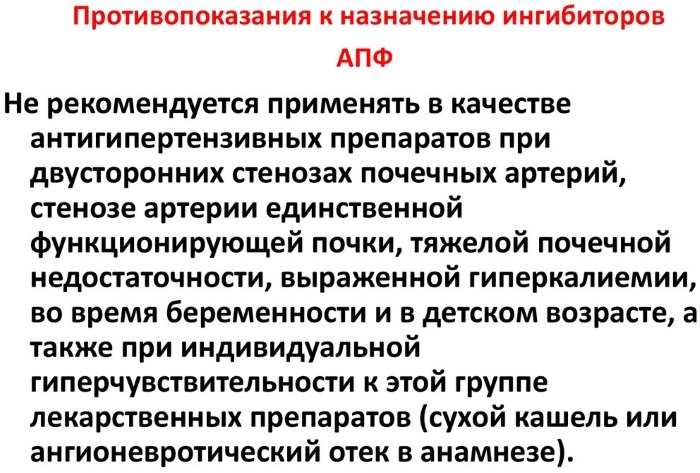heart rheumatism - it is a disease in which connective tissue is inflamed meninges, rheumatic nodules are formed, followed by scarring and developing cardio.
GENERAL
In medical reference books of the XXI century is replaced by the term "acute rheumatic fever." In a number of states called rheumatism diseases associated with damage to the soft tissues that surround the joints.
Facts about heart rheumatism (PC):
- The prevalence of the disease in the Russian Federation is about 1 case per 5000 child population.
- The most commonly diagnosed in children predisposed to the disease between the ages of 7 to 15 years.
- Deaths in MS are no more than 2% of all cases.
CAUSES
Rheumatism preceded by streptococcal acute and chronic nasal infection. The immune system reacts to an antigen beta-hemolytic streptococcus group A and, as a result of a phenomenon known as "molecular masking "in the process of eliminating erroneously affects similar in molecular structure of connective and muscular tissue of the heart person.

The etiology of MS:
- infections caused by beta-hemolytic streptococcus group A;
- acute diseases flu, fever, pharyngitis and tonsillitis;
- genetic predisposition;
- infectious and toxic factors;
- Allergic reactions to external stimuli.
Rheumatism of the heart and provokes the appearance of a special type of protein in the human body, the so-called B-cell D8 / 17 marker.
CLASSIFICATION
The disease is classified according to several main criteria.
Phase rheumatic processes:
-
The active phase RS:
- 1st degree - activity is minimal. All signs of the disease are expressed in a weak form. Laboratory parameters did not deviate from the norm.
- Grade 2 - moderate activity. Identify any signs of disease in the blurred forms. Indicators of laboratory tests are a little different from the norm.
- 3rd degree - activity is maximal. There is a fever, there are purulent inflammation. Laboratory data indicate a high immunological activity.
- inactive phase RS says hemodynamic disorders in adolescents only at high physical exertion. For this phase of the disease characterized by the absence of any signs even in laboratory analyzes.
Variants of heart rheumatism:
- Sharp. Within 2-3 months, the disease is actively developing and fading fast. All of the features correspond to powers of 2 and 3, the active phase of the disease.
- Subacute. Characterized 3-6 month period within 2 degrees of the active phase of MS. Possible relapses.
- Continuously recurring. Against the background of valvular disease for more than six months in waves show signs of disease 1 and 2 degrees of the active phase.
- Protracted. Throughout the year, gradually develop all the clinical symptoms of the disease. It characterized by a chronic course without a definite period of remission.
- Latent. The disease does not occur in 97% of patients. It is diagnosed in most cases on the grounds of defect of the heart valves.
Lesions:
- Myocarditis. Affected muscle tissue.
- Pericarditis. The outer shell fabric is affected.
- Endocarditis. It occurs internal tissue membrane damage.
- Pancarditis. Affects all cardiac tissue sheath.

SYMPTOMS
The main symptom of heart rheumatism in children is fatigue even at minimum load. Most often it manifested within two weeks after the treatment of infectious diseases (angina, scarlet fever, and the like). Suspect that this is rheumatic heart disease in adults, it is possible on some other grounds.
The main symptoms of heart rheumatism:
- change in heart rate;
- persistent pain in the heart;
- excessive sweating;
- constant shortness of breath;
- general weakness;
- headache;
- swelling of the joints;
- pale skin tone;
- nosebleed;
- periodic increase in body temperature to 37 ° C.
In very rare cases, patients may be manifestations of annular rash (erythema annulare) and the formation of rheumatic nodules.
DIAGNOSTICS
The first overt symptoms of rheumatism of the heart - an urgent reason to consult a cardiologist to establish an accurate diagnosis.
The main methods of diagnosis of MS:
- Medical examination and documentary fixation complaints. There have been all, even minor symptoms manifestations of the disease, cases of rheumatism in the immediate family.
- CBC shows a high level of leukocytes and ESR.
- Biochemistry blood reveals a characteristic disease-C-reactive protein and high content antistreptococcal bodies.
- ECG to determine the degree of damage to the heart.
TREATMENT
Treat rheumatism of the heart in the hospital, as well as in specialized sanatoriums.
Stages of treatment of MS:
- Stationary. During the first 4-6 weeks the patient complies with strict bed rest with a mandatory breathing exercises. By the end of the stage it is recommended gentle exercise therapy.
- Resort-sanatorium. Patient for 2-3 months undergoing wellness therapies including: physical therapy, aeration, a healthy diet, rich in vitamins.
- Dispensary observation in the clinic. Stage involves the prevention of relapse and progression of rheumatism.
Medications:
- Reception of antibiotics based on penicillin.
- Antiallergic agents.
- Anti-inflammatory drugs on the basis of acetylsalicylic acid does not contain steroids.

COMPLICATIONS
The lack of treatment of rheumatism of the heart when its symptoms such as a change in frequency of palpitation and regular pain in the heart muscle, stimulates blood circulation insufficiency, development atrial fibrillation and other serious diseases.
Threatening complications in MS:
- Mitral regurgitation and stenosis.
- Aortic insufficiency.
- renal infarction.
- cerebral ischemia.
- Thromboembolism great vessels.
PREVENTION
Preventive measures consist in timely detection and treatment of streptococcal infection, the use of antibiotics prolonged action, improving living and learning environment, a healthy diet and observance of rules of personal hygiene.
FORECAST FOR RECOVERY
Early treatment of rheumatism of the heart and the fulfillment of all requirements of the physician-rheumatologist - a guarantee of full recovery and return to normal training activities in the short term.
Found a bug? Select it and press Ctrl + Enter



